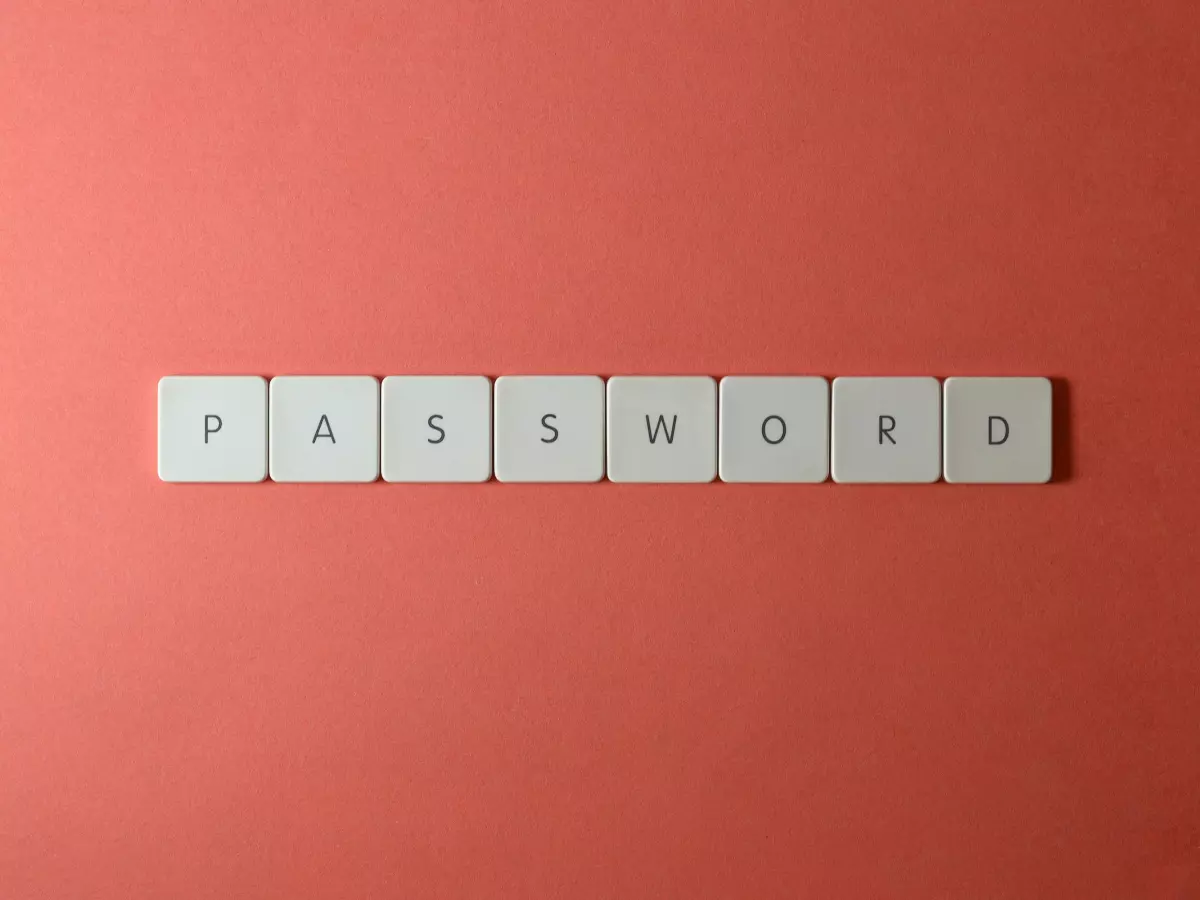Layer 1 Secrets
Think of Blockchain Layer 1 as the foundation of a skyscraper. Just like a solid base keeps the building from crumbling, Layer 1 secures the entire cryptocurrency ecosystem, ensuring it doesn’t collapse under the weight of transactions, hacks, or malicious actors.

By Kevin Lee
Blockchain technology is often hailed as the ultimate fortress of security, but what makes it so? The answer lies in the foundation—Layer 1. This is the base layer of the blockchain architecture, and it’s where the magic happens. Without Layer 1, your crypto would be as vulnerable as a house of cards in a windstorm. But what exactly does Layer 1 do to keep your digital assets safe?
Let’s dive into five key ways Layer 1 secures cryptocurrency, from consensus mechanisms to cryptographic techniques. Buckle up, because we’re about to get technical!
1. Consensus Mechanisms: The Heartbeat of Security
At the core of Layer 1 security is the consensus mechanism. Whether it’s Proof of Work (PoW) or Proof of Stake (PoS), these mechanisms ensure that all participants in the network agree on the state of the blockchain. In other words, consensus mechanisms prevent bad actors from manipulating transaction data.
Take Bitcoin’s PoW, for instance. It requires miners to solve complex mathematical puzzles to validate transactions. This process isn’t just about keeping the network running—it’s about making it incredibly difficult (and expensive) for anyone to tamper with the blockchain. PoS, used by Ethereum 2.0, takes a different approach by requiring validators to stake their own cryptocurrency as collateral. If they act dishonestly, they lose their stake. Both methods create a high level of trust and security.
2. Cryptography: The Unbreakable Code
Layer 1 blockchains rely heavily on cryptography to secure transactions. Cryptographic techniques like hashing and digital signatures ensure that transactions are both private and tamper-proof.
When you send a transaction, it’s hashed—a one-way process that turns your data into a fixed-length string of characters. This hash is unique to your transaction, and if even a single character of the data changes, the hash will be completely different. This makes it nearly impossible for anyone to alter your transaction without being detected.
On top of that, digital signatures verify the authenticity of transactions. When you sign a transaction with your private key, it creates a signature that can only be verified by your public key. This ensures that only you could have authorized the transaction, adding another layer of security.
3. Decentralization: No Single Point of Failure
One of the most powerful security features of Layer 1 blockchains is decentralization. Unlike traditional systems, where a single entity controls the data, blockchain is distributed across thousands of nodes. This means there’s no single point of failure.
In a centralized system, if a hacker gains control of the central server, they can wreak havoc. But in a decentralized blockchain, a hacker would need to take control of more than 50% of the nodes to alter the blockchain’s data—a feat that’s nearly impossible in large networks like Bitcoin or Ethereum. The more nodes there are, the more secure the network becomes.
4. Immutability: Once It’s Written, It’s Set in Stone
Immutability is another key feature of Layer 1 blockchains. Once a transaction is added to the blockchain, it can’t be changed or deleted. This is crucial for security because it ensures that transaction history is permanent and transparent.
Imagine a world where someone could go back and alter past transactions. It would be chaos! Immutability prevents this by making sure that once a block is added to the chain, it’s there forever. This not only protects against fraud but also provides a clear, auditable trail of all transactions.
5. Network Effects: Strength in Numbers
The security of a Layer 1 blockchain also benefits from what’s known as network effects. The more participants there are in the network, the more secure it becomes. This is because a larger network makes it harder for any one entity to gain control.
Think of it like a crowded room. If there are only a few people, it’s easier for someone to take control of the conversation. But if the room is packed, it’s much harder for any one person to dominate. The same goes for blockchain networks. The more nodes and participants, the more difficult it is for bad actors to manipulate the system.
Additionally, larger networks tend to attract more developers, which leads to more innovation and stronger security protocols. It’s a virtuous cycle that keeps Layer 1 blockchains secure and resilient.
So, there you have it—five ways Blockchain Layer 1 secures cryptocurrency. From consensus mechanisms to cryptography, decentralization, immutability, and network effects, Layer 1 is the bedrock of blockchain security. Without it, the entire system would be at risk.
As blockchain technology continues to evolve, Layer 1 will remain the foundation that keeps your digital assets safe. And while no system is completely foolproof, the security measures built into Layer 1 blockchains make them one of the most secure technologies available today.
As Vitalik Buterin, co-founder of Ethereum, once said, “Blockchain is not about trustlessness; it’s about minimizing the need for trust.” And that’s exactly what Layer 1 does—it minimizes the need for trust by providing a secure, decentralized foundation for cryptocurrency transactions.





